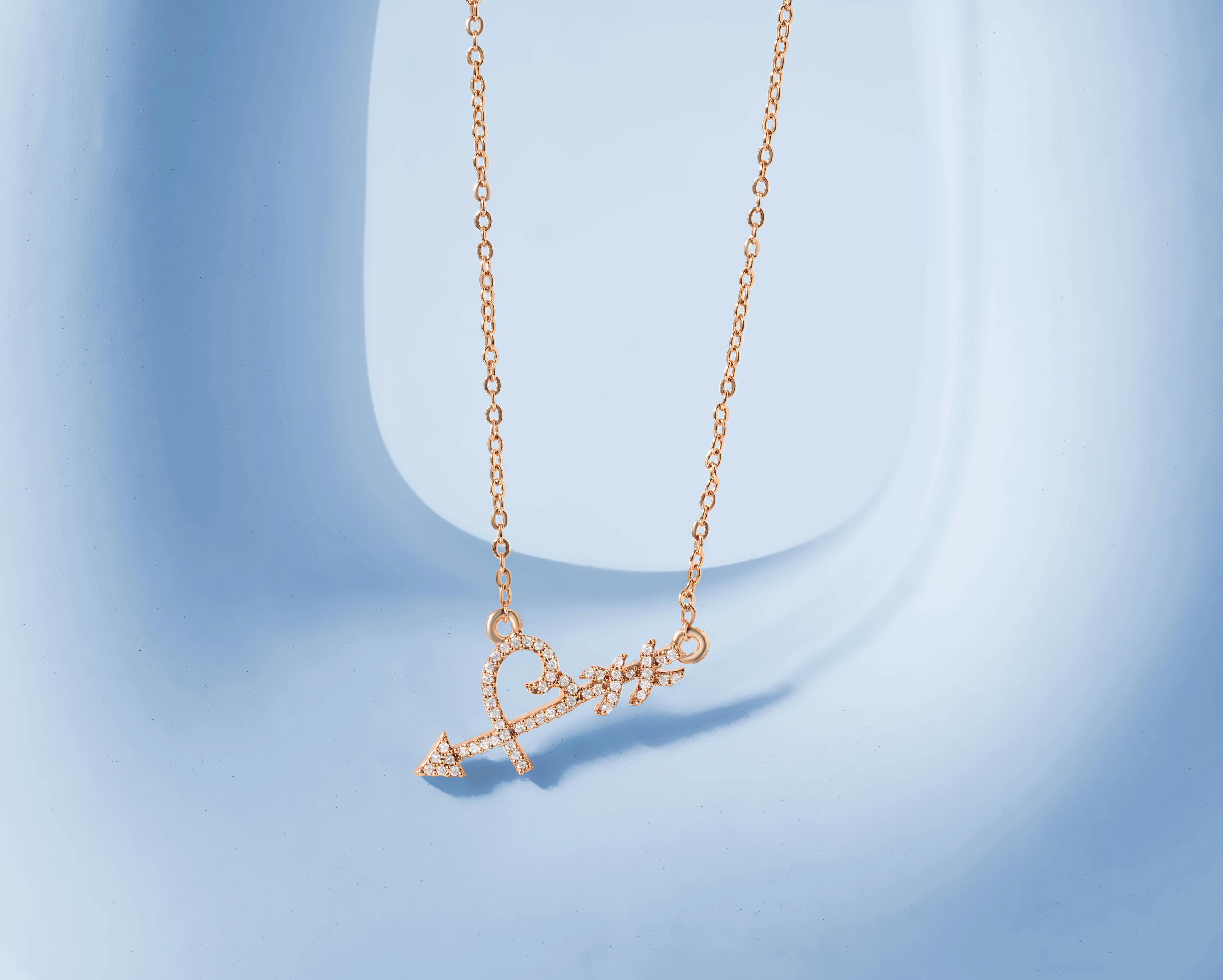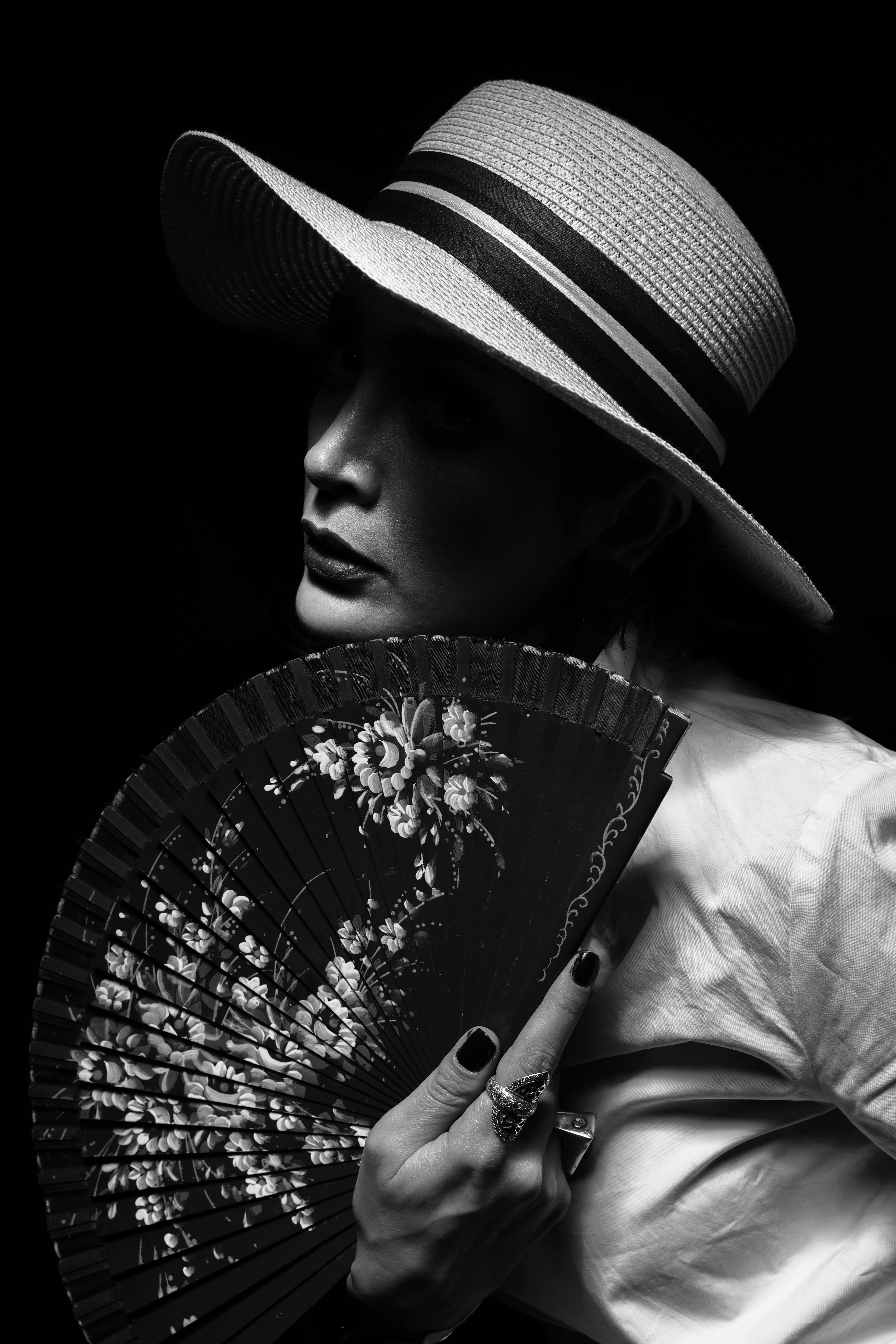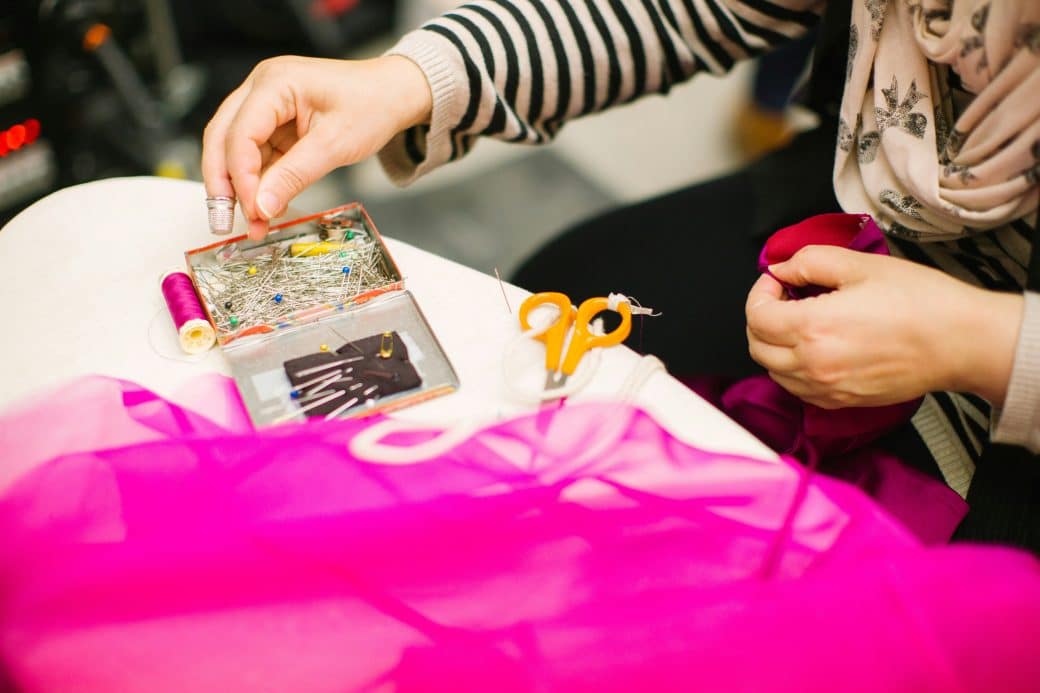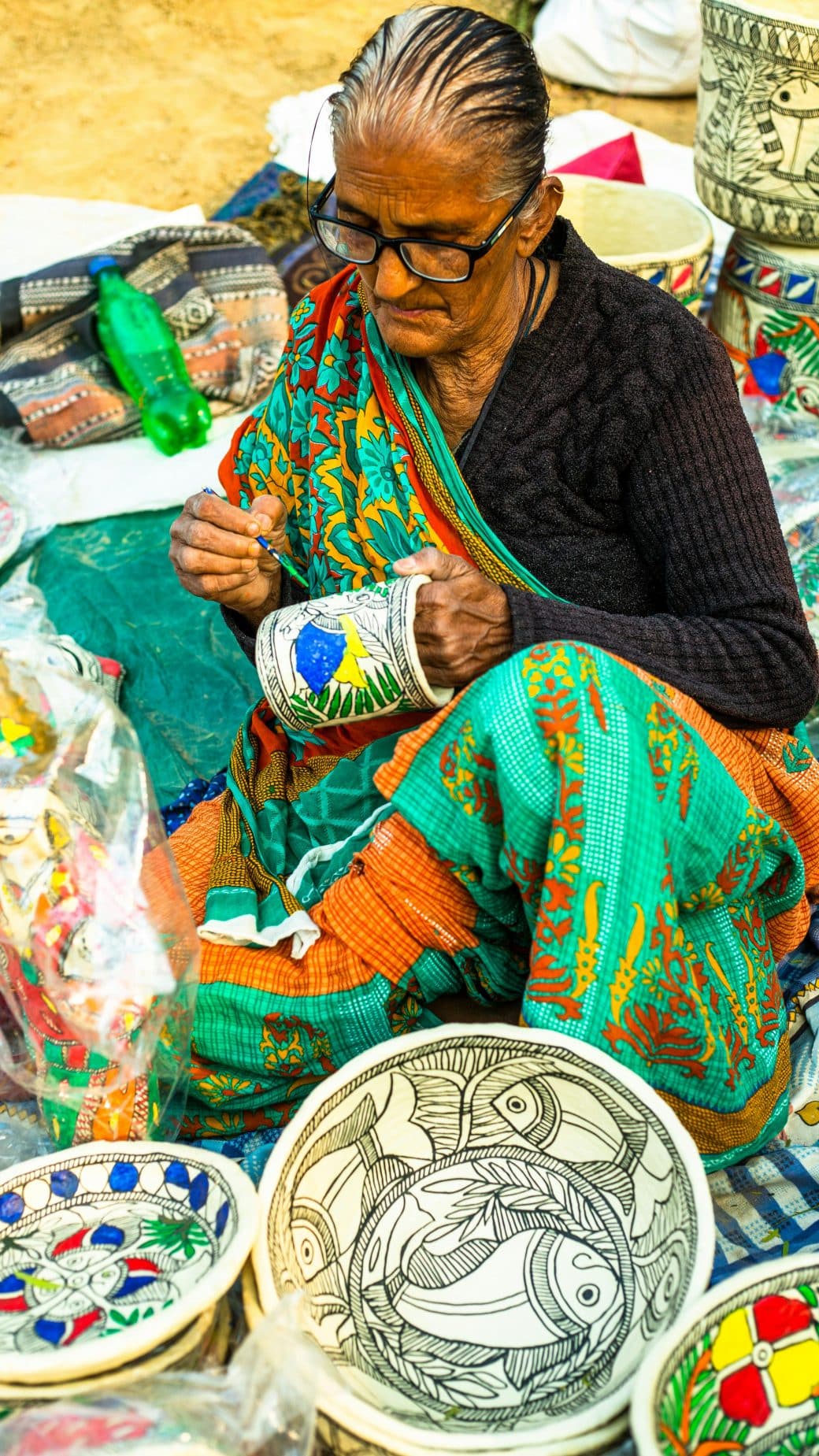I’m thrilled to share with you all the secrets and insights I’ve gathered on creating beaded choker necklaces. Think of this as your ultimate guide, where I’ll walk you through every step of the way, from picking the right beads to tying off your finished piece with a flourish. Crafting these little pieces of art has become a passion of mine, and I can’t wait to pass on the tips and tricks that will help you turn a simple string of beads into something extraordinary. Whether you’re looking to add a personal touch to your accessory collection or crafting gifts that carry a piece of your heart, you’ll find everything you need to get started right here.

Understanding the Art of Beading
Beading isn’t just a hobby for me; it’s a journey into a world where every bead tells a story, and every piece I create connects me to cultures and traditions spanning the globe. Let’s embark on this journey together, shall we?
The history and culture of beaded jewellery
Beaded jewellery has roots in nearly every culture worldwide, from ancient Egyptians adorning themselves with lapis lazuli to Native American tribes using beads for both decorative and trade purposes. These little pieces are more than adornments; they are carriers of history, each bearing its unique tale of culture, ritual, and beauty. I find it fascinating how the timeline of beaded jewellery mirrors human evolution and creativity.
Different beading techniques
There’s a wide array of techniques in the beading world. Peyote, brick stitch, herringbone, and loom weaving are just the tip of the iceberg. Each technique brings its texture and style to a piece, allowing me to express different facets of creativity. What truly amazes me is how combining these methods can result in truly unique artworks.
Various types of beads and their uses
Beads come in an eye-popping variety of shapes, sizes, colors, and materials. Glass, wood, metal, and semi-precious stones each bring their essence into a piece. For instance, the elegance of glass beads is indisputable for formal wear, while wooden beads project a more earthy, bohemian vibe. Learning about each type’s uses has been an adventure in itself.
Healing and spiritual properties of beads
There’s a soulful side to beading too. Many beads, particularly gemstones, are believed to have healing and spiritual properties. Whether it’s the calming presence of amethyst or the grounding touch of hematite, incorporating these elements into my work adds an intentional, meaningful layer to each piece.
Choosing the Right Materials
Choosing materials is like selecting the ingredients for a magical potion. Each choice impacts the final creation’s look, feel, and durability.
Selecting the right beads
Selecting the right beads isn’t just about color and shape; it’s about understanding the story I want to tell. I consider the piece’s purpose, the wearer’s personality, and even the season. It’s a thoughtful process that shapes the foundation of each necklace.
Choosing the ideal thread or wire
The backbone of any beaded necklace, the thread or wire, must be chosen with care. Durability, flexibility, and compatibility with the bead material are key considerations. I often find myself gravitating towards nylon threads for their strength and silk threads for their luxurious finish.
Selecting the right tools
A craftsman is only as good as their tools, they say. Needle-nose pliers, scissors, beading needles, and a good bead mat are essentials in my toolkit. The right tools not only make the process smoother but also ensure that each piece can withstand the test of time.
Options for necklace closures
The closure is the unsung hero of any necklace. Toggle, lobster claw, or magnetic clasps – the choice can significantly affect the necklace’s appearance and functionality. I personally love experimenting with different closures to find the perfect match for a design.

Designing Your Beaded Choker Necklace
Designing is where my heart truly lies. It’s the moment concepts and ideas take a tangible form.
Tips for creating the perfect design
Understanding balance, symmetry, and proportion is crucial. I always start with a sketch, considering the choker’s width, the focal point, and how it lays on the neck. Trial and error have been my greatest teachers, guiding me towards creating balanced and compelling designs.
Colour combinations and their meanings
Colors breathe life into designs. They evoke emotions, convey messages, and give identity to the piece. I spend considerable time experimenting with color palettes, often drawing inspiration from nature, art, and current fashion trends. Understanding color theory has been invaluable in this respect.
Creating patterns with beads
Patterns add rhythm and interest to a design. Simple repetition, geometric arrangements, or intricate floral motifs can transform a choker from ordinary to extraordinary. I view each pattern as a puzzle, delighting in the challenge of fitting each piece together perfectly.
Adding charms and pendants
Charms and pendants are like the cherry on top. They can be the statement piece of a choker or add a subtle touch of personality. I adore sourcing unique charms on my travels, each adding a story to the necklaces I create.
Preparing to Bead
Preparation is the key to a seamless beading experience.
Sorting your beads
I begin by sorting my beads, getting them arranged by size, color, and type. This not only saves time but also sparks inspiration as I see potential combinations laying side by side.
Getting the right beading space
A clutter-free, well-lit workspace is crucial for productivity and creativity. I have a dedicated space with ample natural light and storage for my materials. Comfort is key, ensuring I can work for hours without strain.
Planning your beading task
Before diving in, I plan my approach. This includes choosing the technique, finalizing the design, and estimating the time required. It helps in managing the workflow and avoiding any mid-process hiccups.
Pre-threading for efficiency
To maximize efficiency, I pre-thread multiple needles with the thread or wire I’ll be using. It keeps the momentum going, especially when working on intricate patterns or when using multiple colors.

Basic Beading Techniques
Mastering basic techniques lays the foundation for more complex creations.
How to thread the beads
Threading beads might seem straightforward, but achieving uniformity and tension is an art. I’ve learned the importance of using the right needle size and the technique of double-threading for added strength.
Understanding the stringing process
Stringing is more than sliding beads onto a thread. It’s about understanding how different beads interact, how spacing affects the design, and ensuring durability through proper knotting between beads.
Techniques to drive the beads
Different designs require different threading techniques. From simple stringing to more complex methods like stop-stitch or ladder stitch, mastering these techniques has been essential in bringing my designs to life.
Tying-off techniques
A secure finish is crucial. Learning various knotting techniques and when to use them has saved me from many heartaches. A well-tied-off necklace not only looks professional but also stands the test of wear and tear.
Creating a Simple Beaded Choker Necklace
Even the simplest of designs can be stunning. Here’s a step-by-step guide:
Step-by-step guide to creating a simple beaded choker
- Measure and cut the thread, allowing extra for finishing.
- Secure one end with a stopper bead or knot.
- Start stringing the beads according to the chosen design.
- Once completed, attach the closure using crimp beads for a professional finish.
- Trim any excess thread, and your choker is ready to wear!
Common pitfalls and how to avoid them
Uneven tension and incorrect sizing are common issues. I’ve learned to measure the neck twice and cut once and to constantly check the tension by gently tugging the thread. Practice makes perfect!
Tips for perfecting your choker necklace
Patience and attention to detail make all the difference. Taking your time to ensure even spacing and consistent tension will result in a choker that’s both beautiful and durable.

Intricate Beadwork for Choker Necklaces
Once the basics are mastered, exploring more intricate designs is incredibly rewarding.
Step-by-step guide to creating an intricate beaded choker
- Plan your design meticulously, considering the intricacy and required techniques.
- Start with a simple section to get a feel for the pattern and tension.
- Gradually build up the design, section by section, ensuring consistency.
- Regularly step back to assess the overall look and make adjustments if needed.
- Finish with a secure clasp, and marvel at your creation!
Incorporating additional elements like gems or crystals
Adding gems or crystals introduces new textures and reflections. Their incorporation requires careful planning around their size and weight to ensure they’re showcased without overwhelming the design.
Advancing your beading skills
Every intricate choker I create pushes my skills further. I seek out new techniques, experiment with unconventional materials, and challenge myself with complex designs. It’s a never-ending, satisfying journey.
Preserving and Cleaning Your Beaded Choker Necklaces
Maintaining the beauty of beaded necklaces ensures they can be treasured for years.
Proper storage of beaded jewellery
Storing beaded jewellery correctly is crucial. I keep mine flat in a lined jewelry box, away from light and moisture, to prevent tangling and damage.
Methods of cleaning your beaded choker
Gentle is the keyword. A soft, damp cloth is often all that’s needed. For tougher grime, a mild soap solution can be used sparingly, followed by a thorough air dry.
Signs of wear and tear and how to fix them
Regular inspections can catch loose beads or fraying threads early. Learning basic repair techniques can extend your necklace’s life significantly, allowing you to enjoy it for longer.
Selling Your Beaded Choker Necklaces
Turning a passion into a business has been an adventure all on its own.
How to price your pieces
Pricing involves considering the cost of materials, time spent, and the uniqueness of the design. I also factor in the story behind the piece, which often adds immeasurable value.
Choosing the right platform to sell
Finding the right platform is crucial. Whether it’s online marketplaces, local craft fairs, or social media, each has its audience. I’ve found success in combining multiple avenues to reach a wider audience.
Building a beaded jewellery brand
Brand building is about storytelling. From the design process to the finished piece, sharing the journey creates a connection with customers. Quality, consistency, and a unique voice have been my brand’s pillars.
Marketing strategies for selling your jewellery
Creative storytelling, stunning photography, and engaging with my community have been key marketing strategies. Offering a glimpse behind the scenes and sharing the inspirations for my designs have fostered a loyal customer base.
Advancing Your Beading Skills
The journey in beading is never-ending. There’s always something new to learn.
Master classes and courses to consider
I’m constantly on the lookout for master classes and workshops, both online and in-person. Learning from seasoned artisans not only improves my skills but also inspires me to push my creative boundaries.
Books and resources for advanced learning
Books and online resources have been invaluable in my growth. They offer new techniques, design inspirations, and insights into the history and culture of beading.
Staying updated on beading trends
Keeping an eye on trends ensures my work remains relevant and fresh. However, staying true to my unique style while incorporating new ideas is where I find the most joy.
Connecting with the beading community
The beading community has been a source of support, inspiration, and friendship. Connecting with fellow bead enthusiasts through forums, social media, and events has enriched my journey in immeasurable ways.
Beading is more than just a hobby or business for me; it’s a lifelong passion that continues to enrich my life. Sharing this guide with you, I hope to inspire you to start your own beading journey, exploring the endless creative possibilities and making beautiful pieces that tell your unique story.


